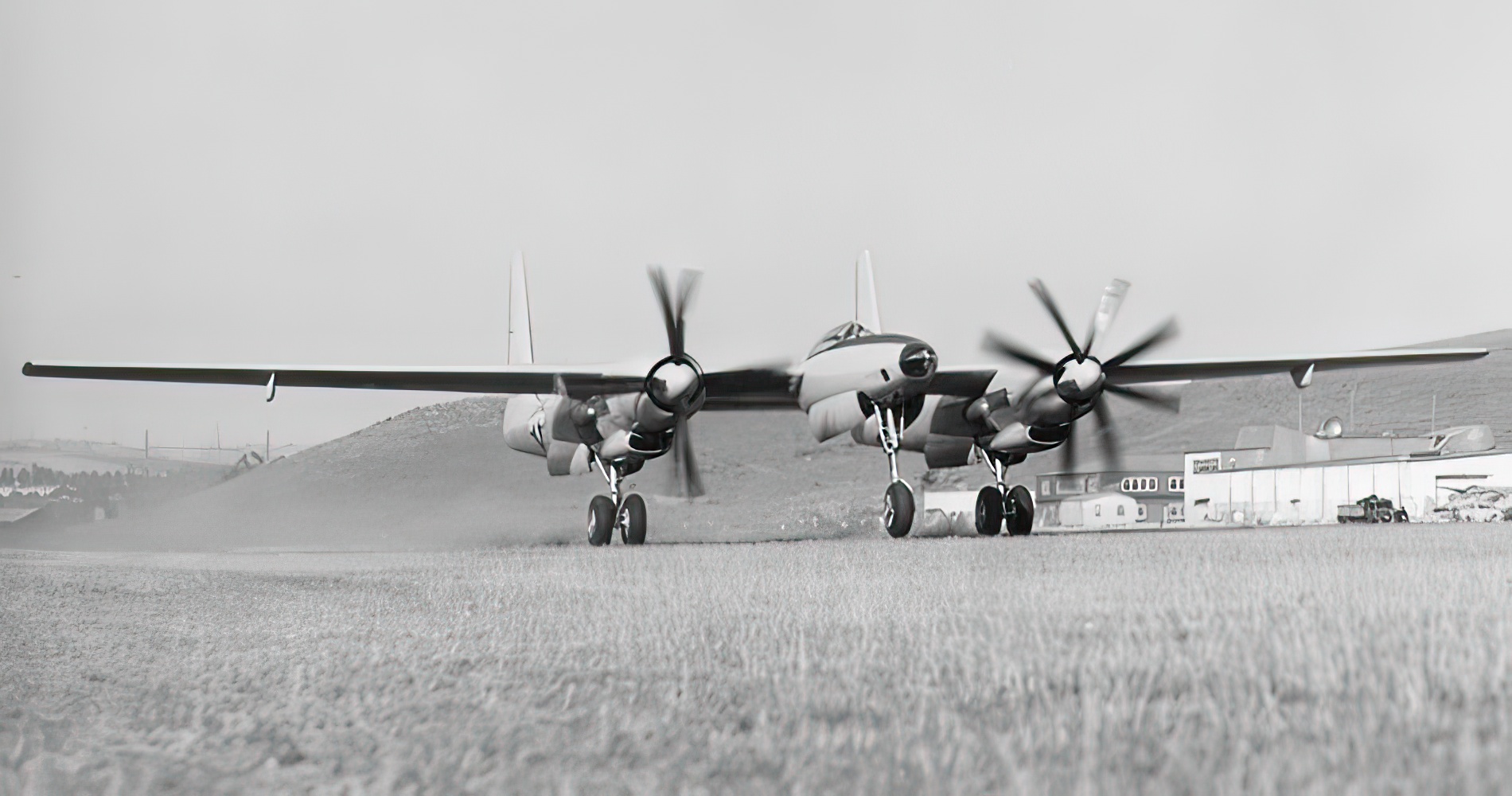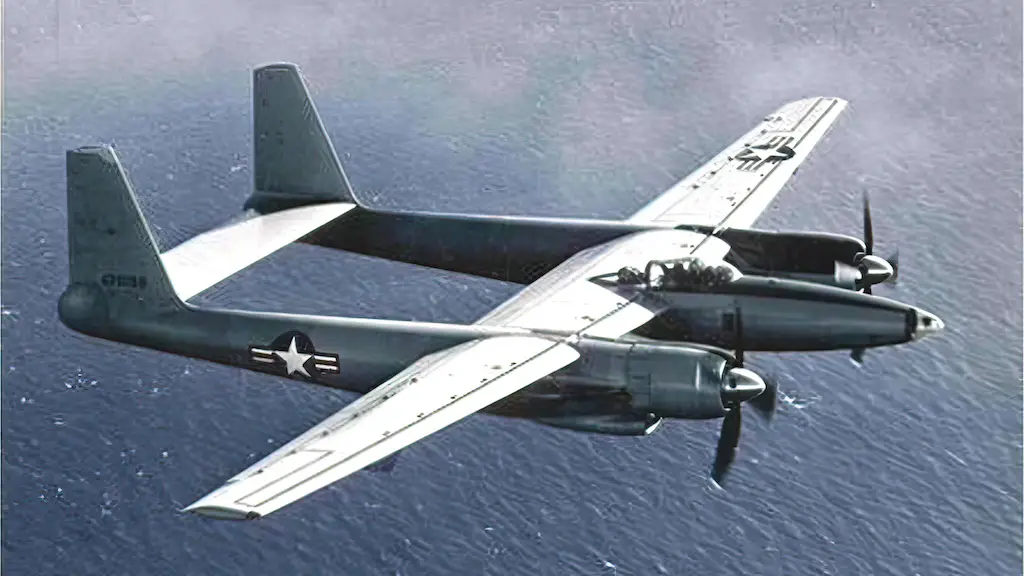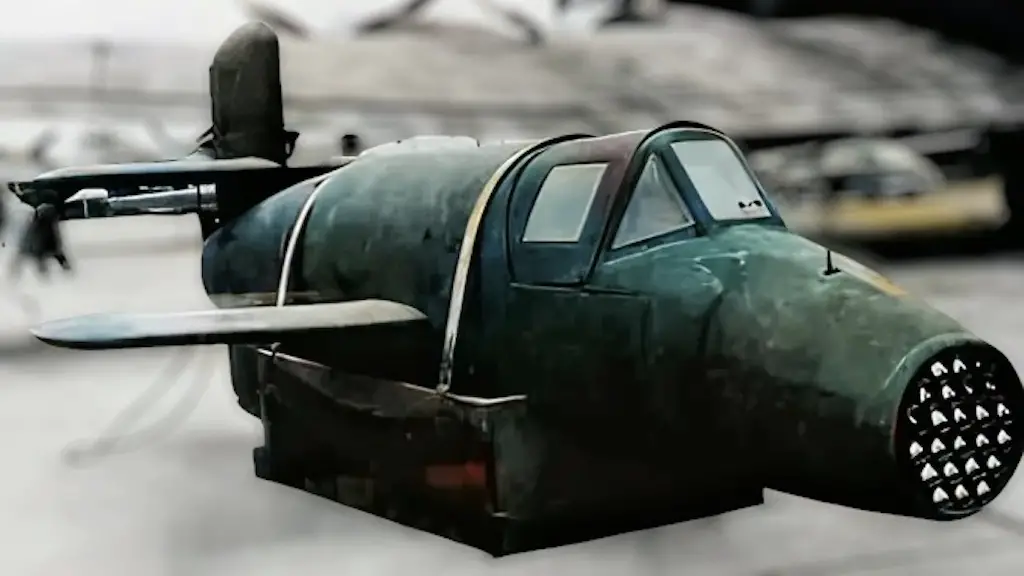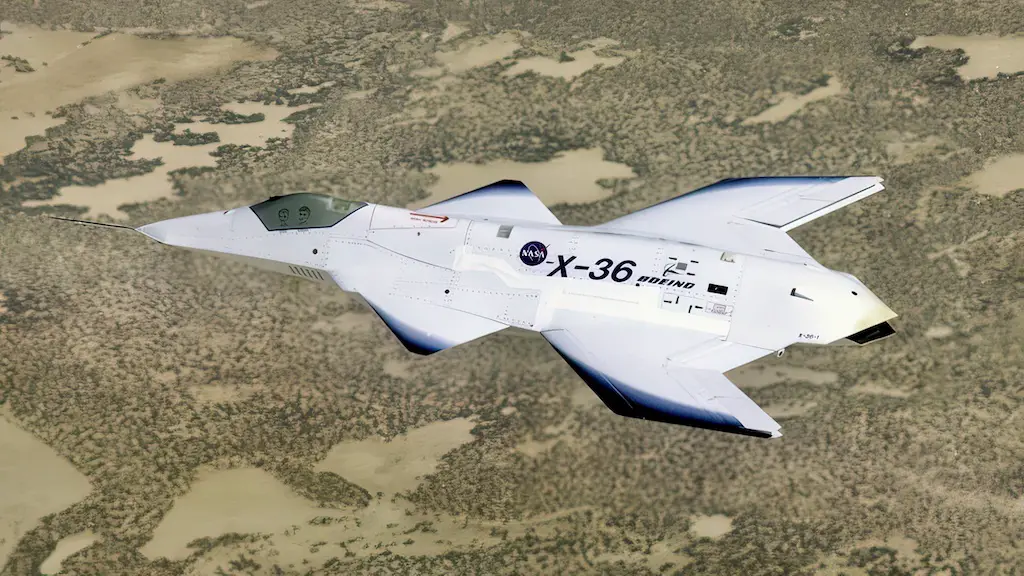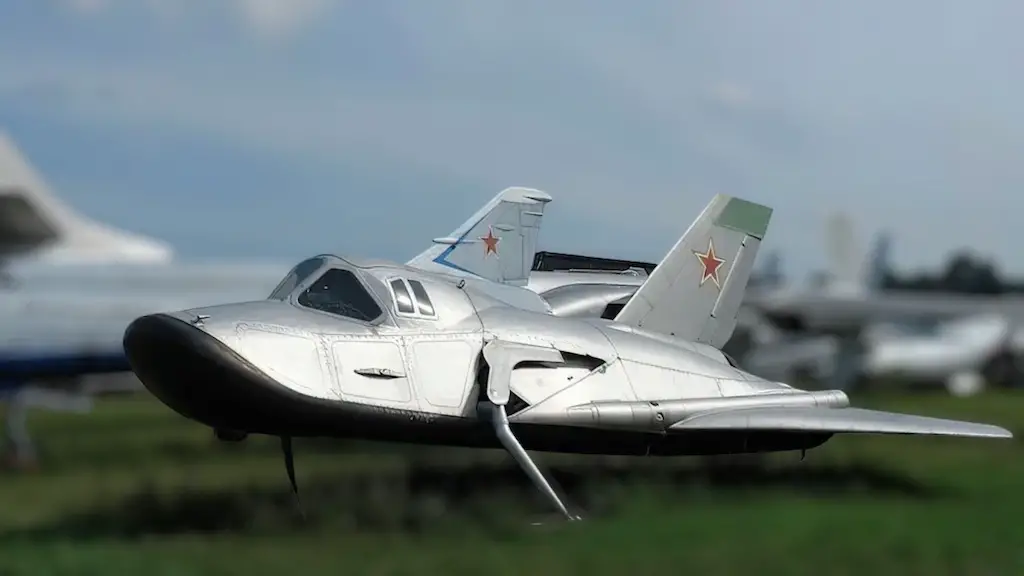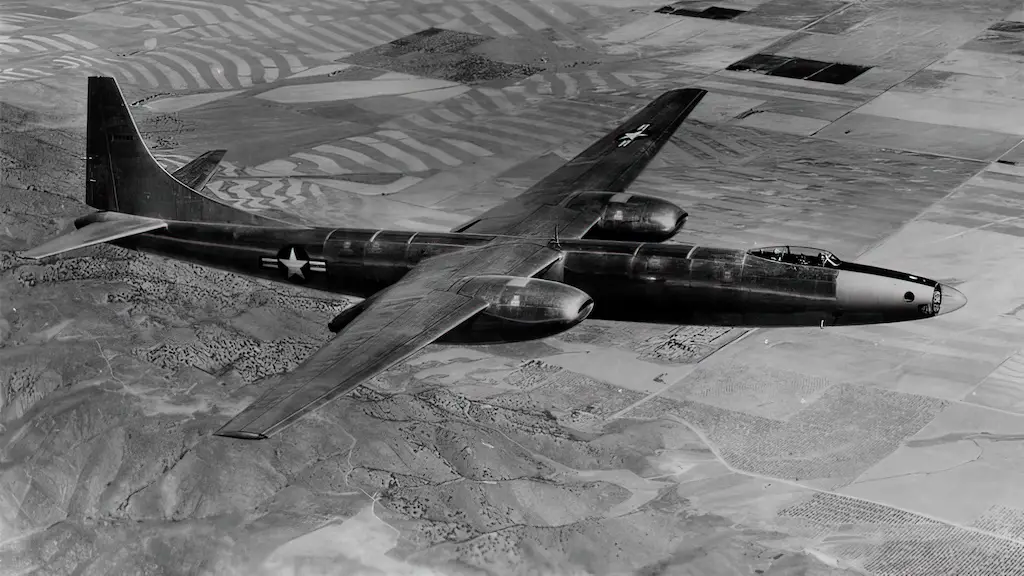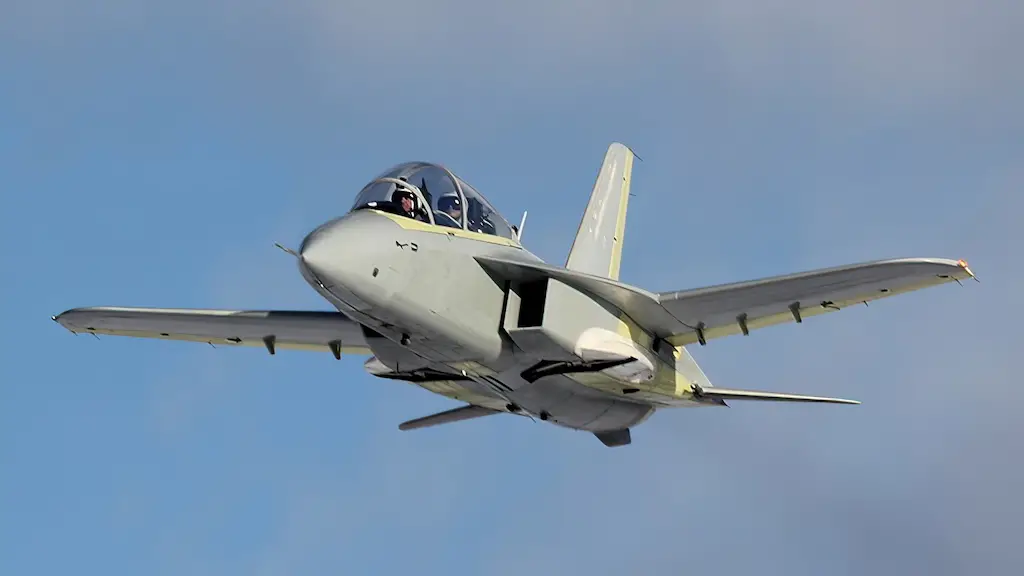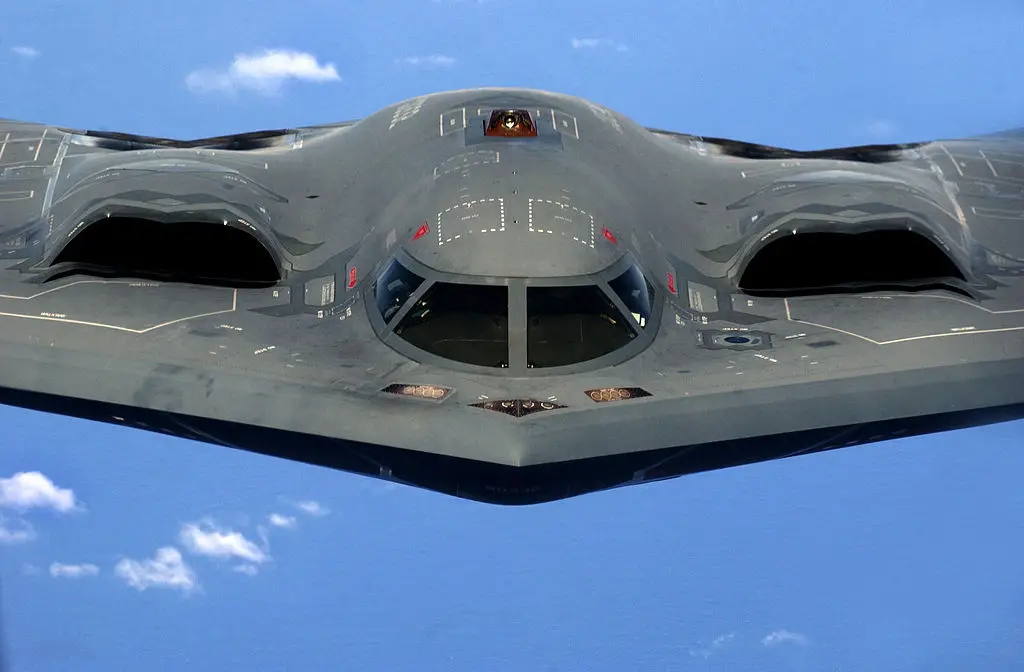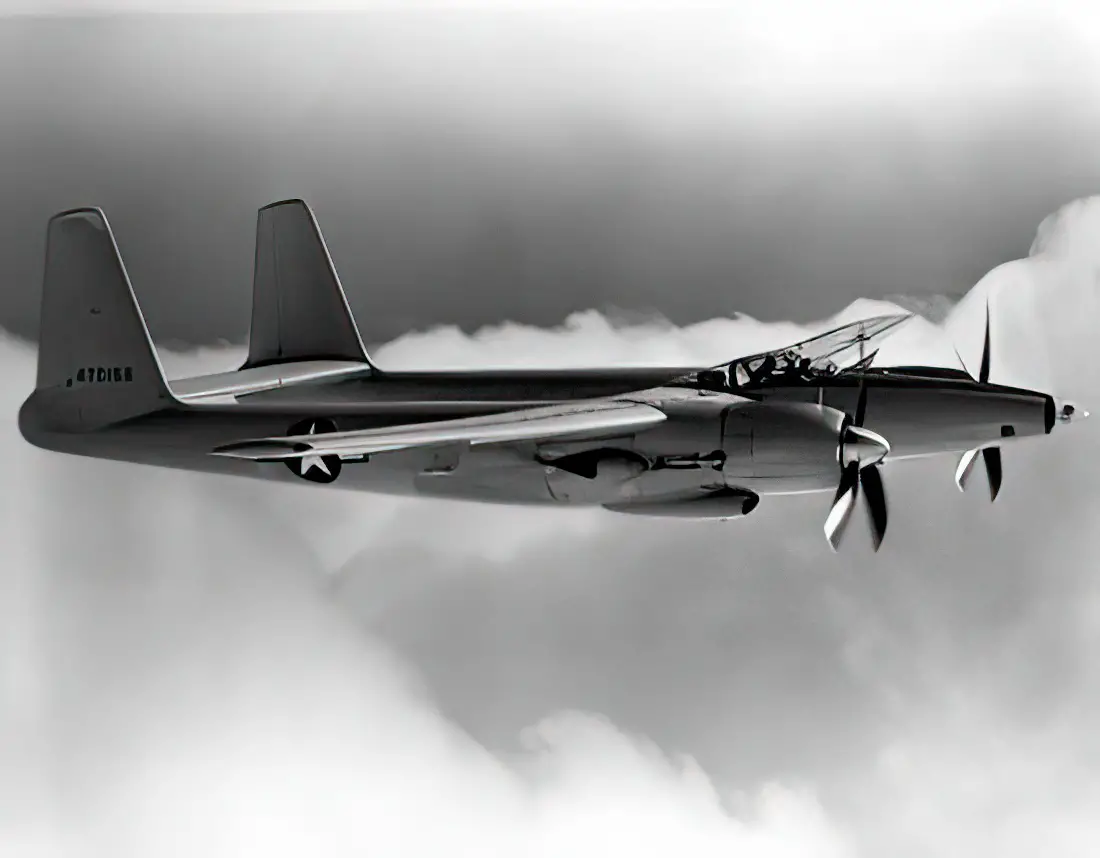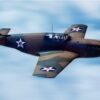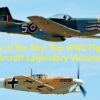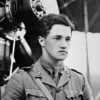In the annals of aviation history, the Hughes XF-11 prototype aircraft stands as a testament to the audacity and ingenuity of its creator, Howard Hughes. This experimental aircraft, though short-lived in its operational career, showcased remarkable technological advancements and a grand vision for the future of flight.
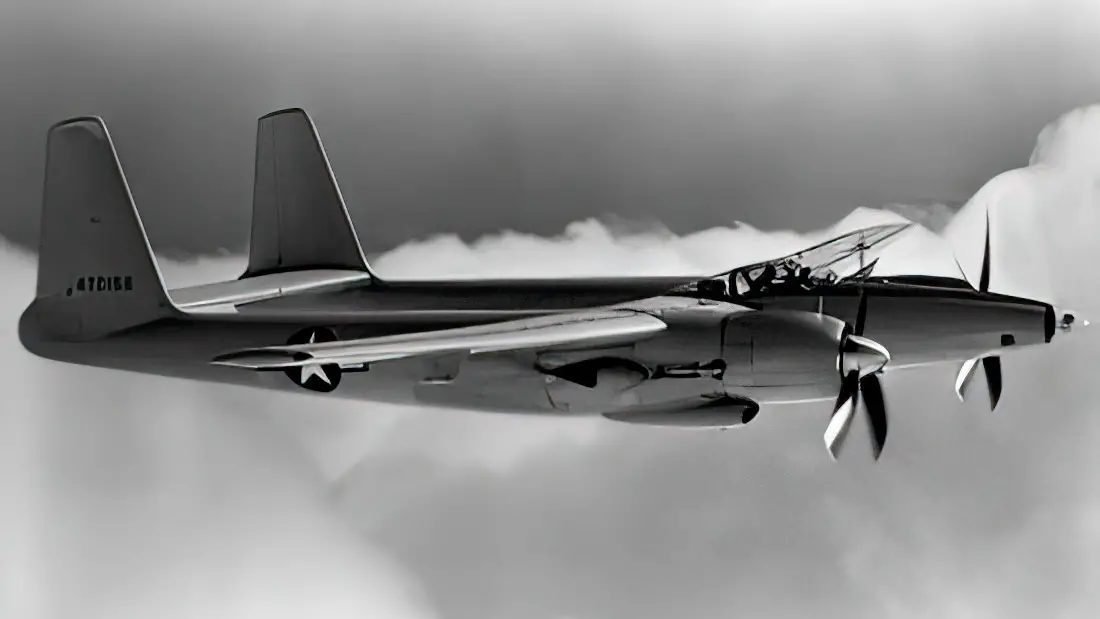
High-speed reconnaissance aircraft
Conceived during World War II, the XF-11 emerged as Howard Hughes’ response to a U.S. Army Air Forces requirement for a high-speed reconnaissance aircraft. The development process began in 1943, and the prototype took flight for the first time on July 7, 1946. Its design incorporated several cutting-edge features, including a sleek and streamlined fuselage, a high aspect ratio wing, and a distinctive twin-boom tail configuration.
Powered by two Pratt & Whitney R-4360 Wasp Major engines, each producing 3,000 horsepower, the XF-11 was capable of reaching a top speed of 450 mph. Its intended purpose was to conduct long-range photographic reconnaissance missions at high altitudes, capturing crucial intelligence during wartime.
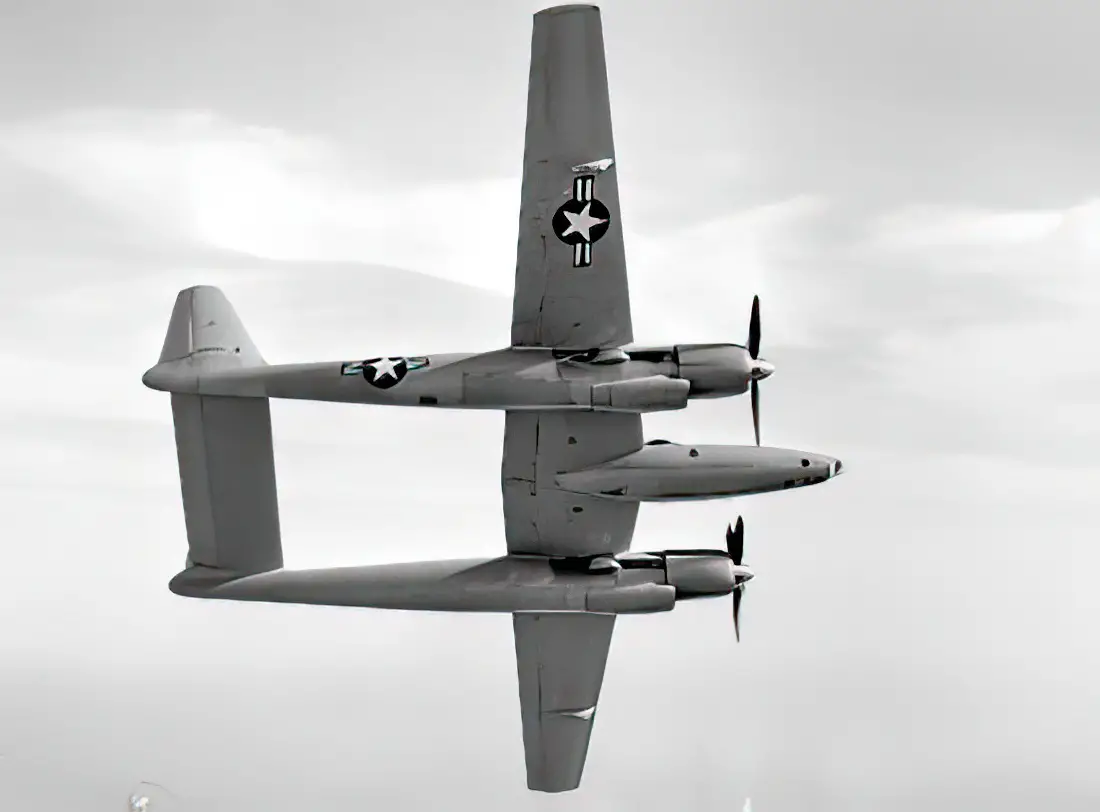
Development and testing
The XF-11 faced numerous challenges during its development and testing phases. During its maiden flight, an engine failure led to a catastrophic crash landing, resulting in extensive damage and serious injuries to Howard Hughes. However, undeterred by this setback, Hughes made a remarkable recovery and resumed the project, determined to overcome the obstacles.
One of the aircraft’s notable innovations was its advanced camera system. The XF-11 featured a set of eight synchronized cameras installed in the nose, designed to capture high-resolution images with exceptional clarity. This pioneering technology allowed for precise reconnaissance capabilities, revolutionizing aerial intelligence gathering.
Another remarkable aspect was the aircraft’s pressurized cabin, which enabled the crew to operate at high altitudes without the need for oxygen masks. This pressurization system, coupled with streamlined aerodynamics, contributed to enhanced performance and efficiency.
Not to be
Despite its technological prowess, the XF-11 never entered mass production due to changing military requirements and the end of World War II. Only two prototypes were built, and the crash of the first prototype further impacted the project’s progress. Nevertheless, the XF-11 played a crucial role in advancing aviation technology. The lessons learned from its development contributed to subsequent aircraft designs, particularly in the realm of reconnaissance and high-altitude capabilities.
Beyond its technical significance, the XF-11 represents Howard Hughes’ relentless pursuit of his aeronautical ambitions. Hughes’ unwavering determination to overcome setbacks and push the boundaries of innovation is evident in his resolve to continue the project after the crash. The XF-11 remains a testament to his vision and the pioneering spirit that drove aviation progress during that era.
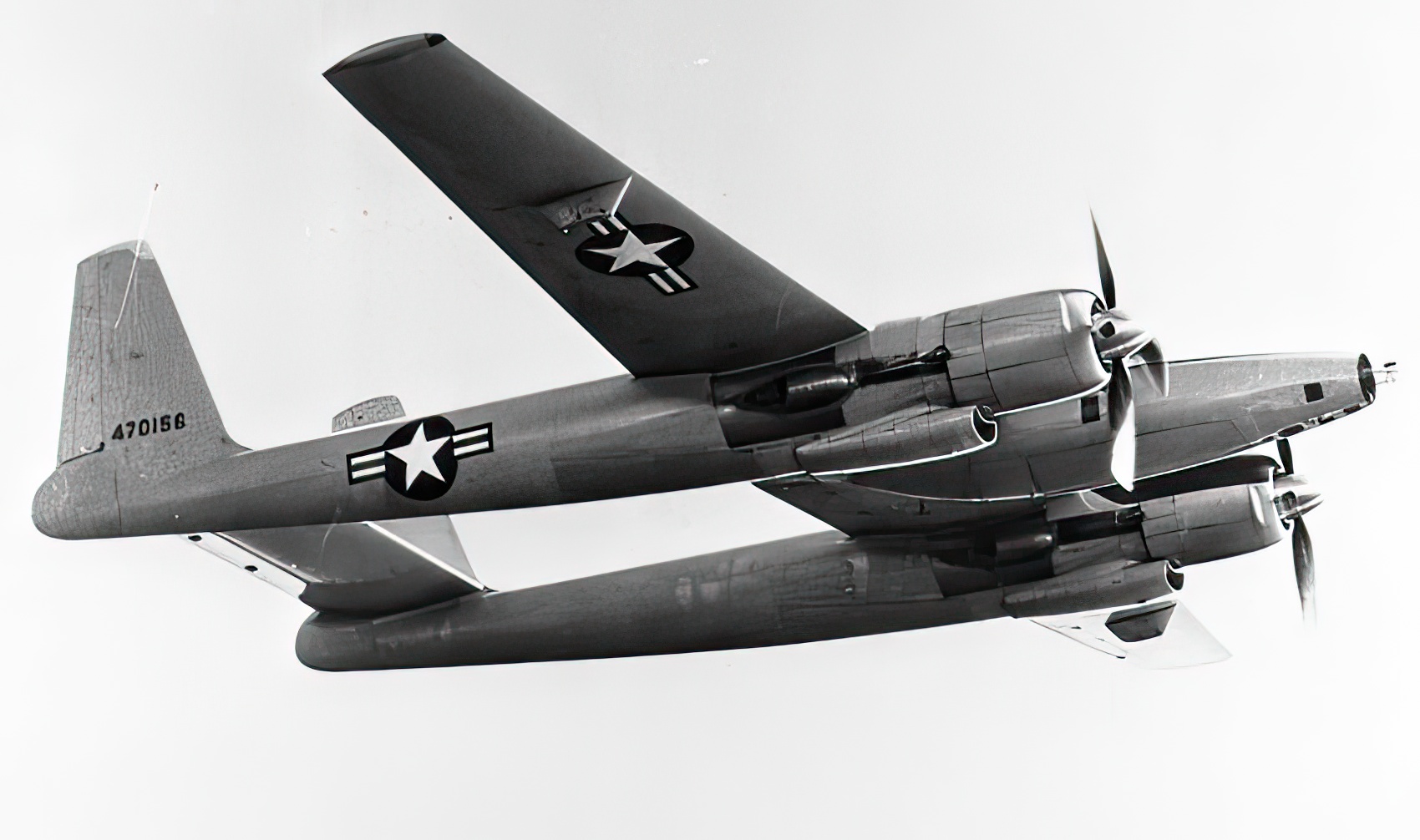
Museums only
Today, remnants of the XF-11 prototype can be found on display at various aviation museums, preserving its legacy as a groundbreaking aircraft. While its operational lifespan was short-lived, the XF-11’s impact on aviation technology and its embodiment of Howard Hughes’ visionary mindset ensure its place in the pantheon of aviation history.
The Hughes XF-11 prototype aircraft serves as a testament to the audacity, innovation, and indomitable spirit of its creator. Despite its limited operational career, this ambitious aircraft contributed to the advancement of aviation technology and left an indelible mark on the annals of flight.
